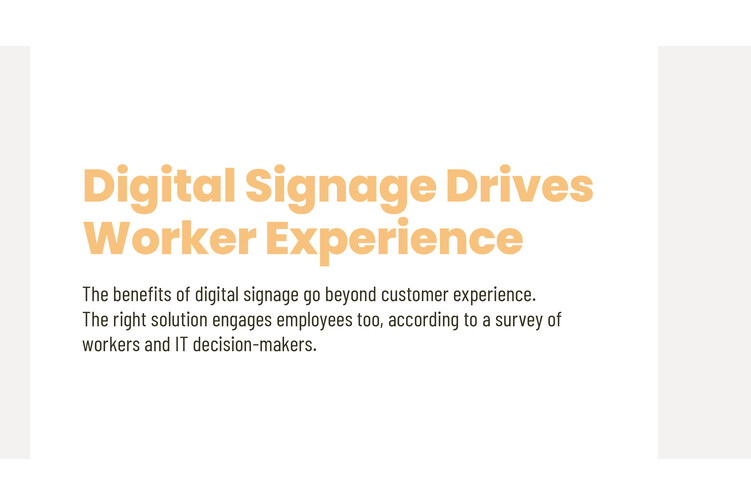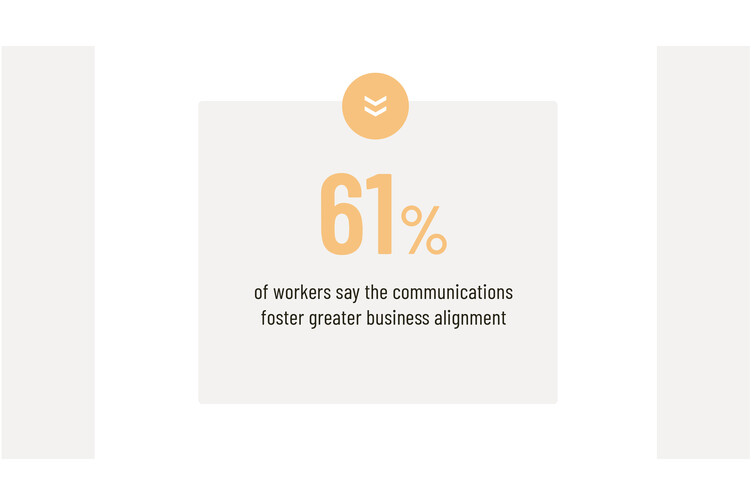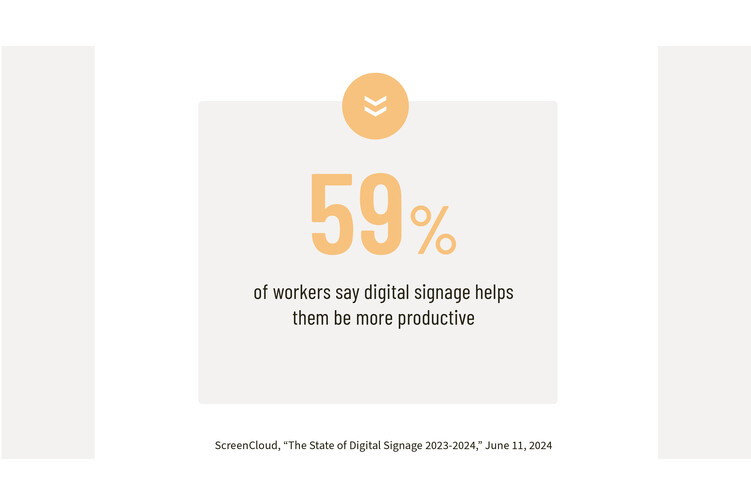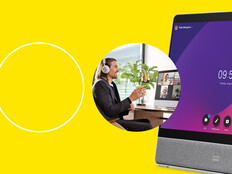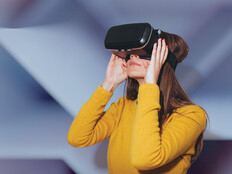The unique solution that Lazarus and his team came up with involved two digital display-centered customer experiences: the Workspace and the Pegboard.
The Workspace reimagines how designers do their work. Rather than negotiating a large physical space with rows of fabric and wall coverings hanging from the walls, Kravet’s customers approach a kiosk centered on a 21-inch Elo touch screen display and an Elo barcode scanner. The display hangs down from the ceiling and swivels above a worktable, allowing designers to easily interact with small fabric samples, scan their barcodes and retrieve information related to the materials on the touch screen.
“We wanted to refine the designer experience and deliver it in a comfortable space that lets our customers check samples, check stock, find more product information or just do general product discovery,” says Lazarus.
RELATED: Organizations can successfully deploy AI in the cloud.
The Pegboard offers another reimagining of the interior design experience. Where once a designer might leave a showroom with printed materials featuring the company’s furniture offerings (pulled from a “pegboard,” in industry parlance), Kravet offers a digital version accessible from a 55-inch Elo touch screen. Customers can walk up and immediately access Kravet’s entire collection and scroll through it.
“We wanted to create an endless-aisle concept, allowing our customers to get a quick read on product descriptions, build a list and send it to clients for feedback,” says Lazarus. “It gives us a great way to extend the capability of a showroom to display our offerings in a much smaller space.”
LED Displays Emerge as the Cutting Edge
The growth of light-emitting diode technology is driving more businesses to get creative about how they use digital signage, according to Garrard. LED signage delivers better picture quality, has a thinner design, is more customizable and is more energy efficient than a traditional liquid crystal display. “Today, LCD technology accounts for about 75 percent of hardware value within the retail vertical,” he says. “By 2027, we are expecting LCD market share to drop to about 60 percent of value due to LED’s growth.”
In Cartersville, Ga., the Savoy Automobile Museum is taking full advantage of LCD. Car enthusiasts visit the Savoy to see the vintage automobiles on display in its rotating exhibits.
DIVE DEEPER: Learn how to freshen up your customer experience strategy.
But many are also wowed by the custom digital displays that have been elegantly mounted onto the 65,000-square-foot museum’s modern architecture.
The Savoy’s theater features a concave, 18-foot-by-31-foot LG DVLED display mounted at the rear of the stage. Its curves blend into the room’s circular design. A 4-foot-by-24-foot LG DVLED marquee display is mounted above the theater’s entrance, informing visitors about its ongoing programming or announcing special private events being held there.
The curved digital signage inside the Savoy’s great hall is even more impressive: At 10 by 24 feet, the LG DVLED display is visible from any location in the hall.







